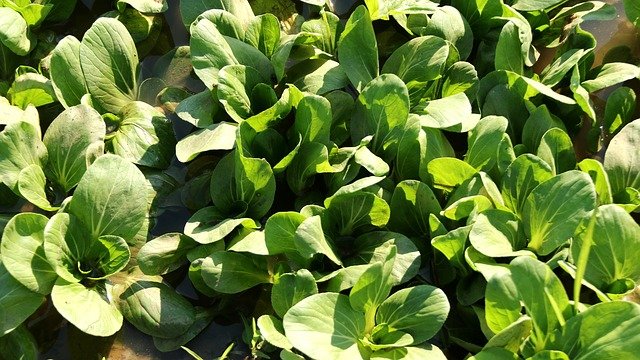
As I wandered through a local garden center, I came across a few remaining vegetable transplants. I found a hidden treasure, Bok Choy. Though we are in the middle of gardening season here in South Florida, there is still time, and there is plenty of chilly weather left to grow a few heads of this tasty Chinese cabbage from transplants.
Bok Choy or Pac Choi is a delight in the garden and the kitchen. It is part of the complex group of plants that comprises field mustard, turnip, and broccoli raab known as Brassica rapa. They have been cultivated in Europe for thousands of years for the swollen roots and leafy, green tops. The group’s origin is uncertain but believed to be central and southern Europe, and now the distribution is worldwide.
This culinary favorite is a non-heading form of Chinese cabbage, which as a group grows loose heads of green leaves with white stalks and midribs. Sprays of bright yellow flowers appear in the spring, many times in the second season of growth. Seeds follow in the late summer or fall, are held in rattlebox capsules at the end of the stalks, and balmy breezes shake free many reddish-brown to black seeds.
Like most cabbage varieties, Bok Choy grows best in cool weather. And like all veggies, the preference is for full sun and fertile, organic, garden soil with liberal drainage. When planted directly into the garden from seed, expect to harvest heads in 70 to 90 days: transplants in 60 to 70 days. The small “baby Bok Choy,” popular with food enthusiasts, will be ready to pick in as few as 40 or 50 days.
These Brassicas are frost hardy and will take a few degrees below freezing. Bok Choy is somewhat shade-tolerant, making it an excellent choice to grow in between taller or slower maturing vegetables such as tomatoes and Brussels Sprouts. They are not heavy feeders and may not need additional fertilizer if grown in rotation with nitrogen-fixing legumes such as beans, peas, and soybeans.
My favorite Bok Choy dish is made by steaming young bunches and tossing lightly with sesame oil and toasted sesame seeds. Serve warm or cold it’s excellent as the star of a veggie dinner or as an accompaniment to fresh local seafood or grilled chicken.
This column first appeared in the Treasure Coast Newspapers.
Leave a Reply